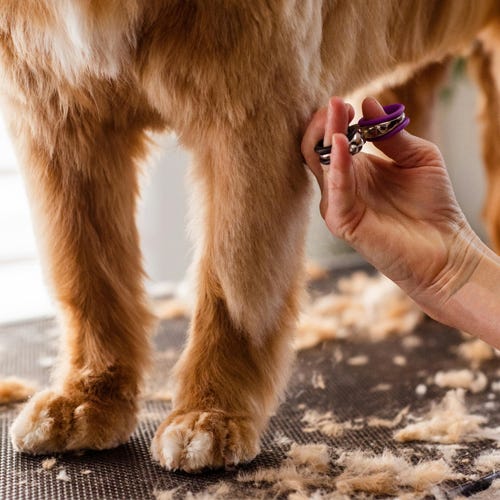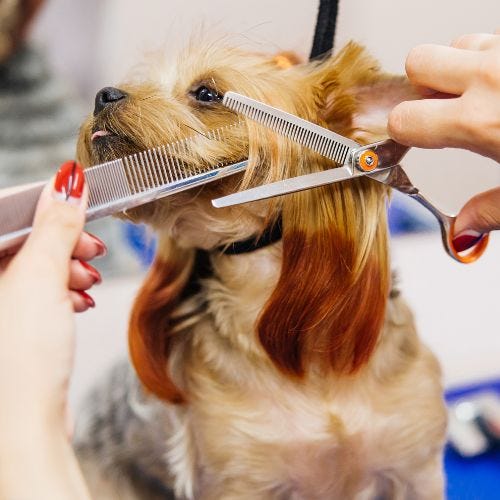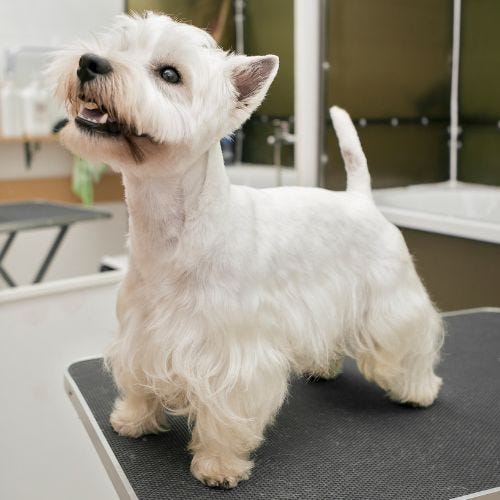Our Four-Point Plan For Making Fleas Flee
03/25/2011
Let's face it: one side benefit of all the snow and ice we've seen this winter is that fleas have been few and far between. But now that the snow has melted, the ground has thawed and the trees are starting to bud, those pesky fleas are on their way back.
So what's the best way to deal with a flea infestation? Here's the four-step plan we recommend to our customers.
Step #1: Treat Pet's Coat with a Flea Shampoo or Spray
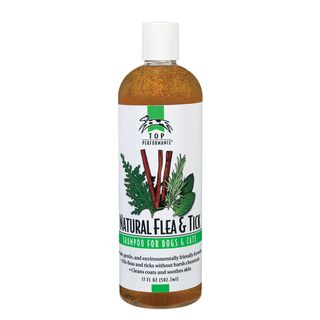 The first step in treating a flea problem is to attack the fleas at the source of the infestation.
The first step in treating a flea problem is to attack the fleas at the source of the infestation.
When using a shampoo or a spray to eliminate fleas from a pet's coat, it's important to saturate the coat to ensure that the flea-eliminating agents reach all the way down to the skin.
Also, be sure to start from the back of the pet—where the fur is usually the thickest—and work your way to the front, where the coat is thinner. This makes it harder for the fleas to run and hide.
Be aware that some chemical pesticides are designed to cause an overstimulation of the flea's nervous system, which may temporarily make fleas more active, and in turn make the infestation seem like it's worse than before. If those fleas are jumping around like crazy, they are most likely reacting to the pesticide.
Some of the Flea Shampoos and Sprays we recommend to customers are:
- Natural Chemistry DeFlea Shampoo
- Top Performance Natural Flea and Tick Shampoo
- Top Performance Citrilux Shampoo
Step #2: Treat Your Home or Apartment
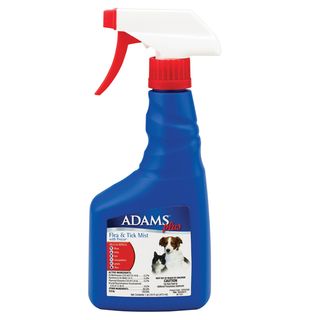
Before allowing your newly flea-free pet back into the rest of the house, we recommend treating the home with a flea spray or fogger that contains an insect growth regulator (IGR). The spray or fogger will eliminate any fleas that are hiding in carpets, bedding, or in the cracks between floorboards. Plus, the insect growth regulator in the spray will prevent any flea eggs from hatching. Common trade names for chemical IGRs include Methoprene, Nylar and Precor.
Some of the Sprays and Foggers we recommend to customers are:
- Adams Plus Flea & Tick Spray with Precor
- Bio-Spot Flea & Tick Inverted Carpet Spray
- Bio-Spot Flea & Tick Room Fogger
Step #3: Give the Pet A Flea Preventative
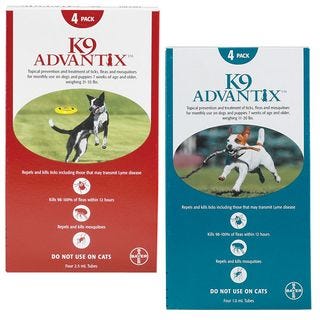
To discourage fleas from reinfesting your pet, use a topical treatment, a flea repellent spray, or a flea collar to act as a flea preventative. Some of the flea preventatives that we recommend to customers include:
Step #4 Retreat the Premises After 14 Days
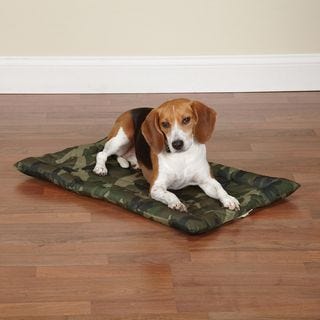
Retreating the premises after two weeks will ensure that any remaining fleas are eliminated from the home. When they're in the pupae stage, fleas have a hard exoskeleton that insecticides can't penetrate. Any flea pupas that are present during the initial treatment are likely to survive this step.
It takes pupae about 12-14 days to hatch, and after hatching it is only 24 to 48 hours before the fleas reach full maturity and start laying eggs, so it's important to retreat the area at the 14-day mark to prevent a new infestation from starting.
As a cost-saving measure, the second flea treatment does not have to be a formula with an IGR, as growth regulator compounds will last up to seven months once applied.
Your Turn
So what are your tried and true flea techniques? Let us know by posting a comment on the blog or on our Facebook wall. Thanks :)


